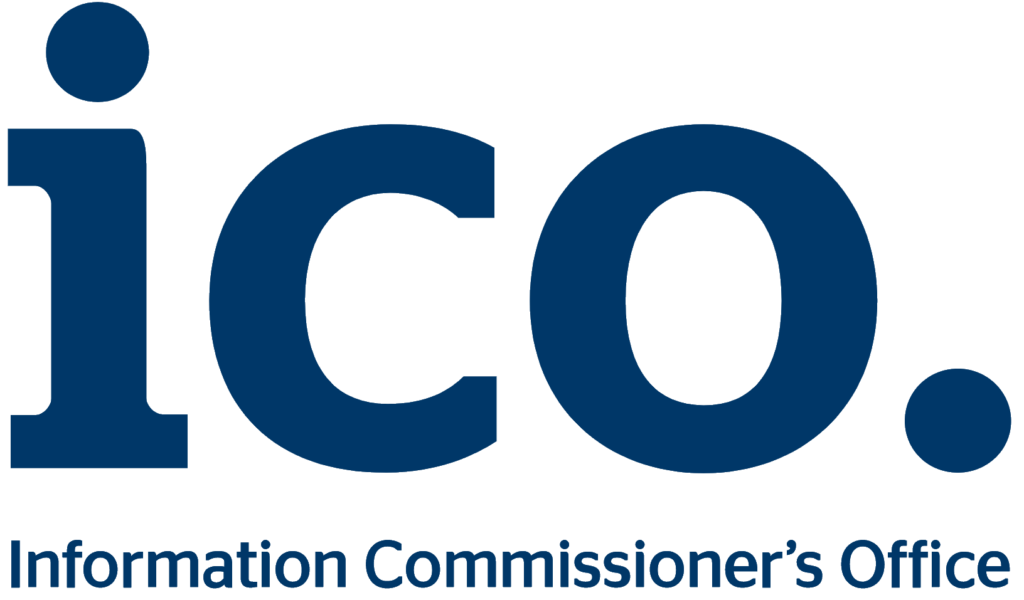Anyone that owns a Leasehold flat will be liable to pay a service charge but few truly understand service charge definitions and what your service charges are used for, let us explain:
When you buy a leasehold flat you sign a Lease. Within that Lease there are certain covenants or agreements that you are legally promising to uphold. One of those agreements is to contribute towards the running / maintenance costs for the building, known as the Service Charge.
Service Charge budgets should be agreed with your freeholder or Managing Agent within 2 months of the buildings financial year end, so if your year end is December, your budget should be discussed and agreed in November at the latest.
With December approaching, it is a great time to be analysing the costs for maintaining your building in 2016. We have taken a direct example of one of our client’s service charge budgets to breakdown where the money is spent and how you too can reduce the level of expense.
What is the average service charge cost?
A study by the Competition and Markets Authority in 2014 estimated that the average level of service charge in the UK to be £1,100 per annum. Within London it is estimated to be higher due to the levels of maintenance required. Kingston, Tower Hamlets and Westminster have the highest level of flat maintenance charges however levels do vary widely depending on the services at your building as well as the power of negotiation by your London Property Manager.
How are the service charge costs determined and calculated?
Typically, service charges are determined by the freeholder, your property manager or possibly by an independent surveyor, dependant on the terms of your Lease. A proactive and professional Property Manager will consult with the flat owners in order to maintain a productive relationship, leading to the micromanagement of spending through open communication. Each Lease will state what contribution the individual leaseholders must make. This will typically be based on an equal percentage split between the number of flats in the building or based on the actual square footage of the flat in question. Your Property Manager should be able to help you find your contribution allocation within your Lease. It will also be noted on your service charge invoice.
How to challenge a service charge invoice.
Should the budget be set without the leaseholders knowledge it can cause confusion and lead to the budget expense levels being challenged. Whilst this can usually be resolved with transparency and open discussion, Leaseholders do have the right to legally challenge a cost if they feel that their concerns have not been solved. In accordance with Section 27A (1) of the Landlord and Tenant Act 1985, an owner of a flat can make an application to the First Tier Tribunal to make an assessment whether the service charges are payable and the reasonableness of the amounts being charged.
Are you liable for service charge payments demanded before you have bought a flat?
During the conveyancing process, your solicitor will request an up to date service charge. This will determine any amounts outstanding or any invoices that will be forthcoming from the agent. This is your opportunity to negotiate with the seller to compensate for any amount outstanding.
It is important to note that if you have been made aware that service charges have been raised and currently haven’t been paid, as soon as you have signed the Lease, all responsibility for service charges, old and new, will be borne by you. You must ensure that you consider the financial status of the flat before signing onto the covenants.
How to find out what your service charges are being used for
Your Lease will typically include an obligation for your Freeholder to provide a summary of the Service Charge accounts for the previous year. These are required to be provided within 6 months of the buildings financial year end giving you a full breakdown of where the Service Charge income as a whole is being used. If you are still not satisfied and require further information, under Section 22 of the Landlord and Tenant Act 1985 you have the right to inspect invoices and receipts so you can find the answers you are looking for.
Related Blog: 10 legal rights you have as a Leaseholder…..but may not know about





